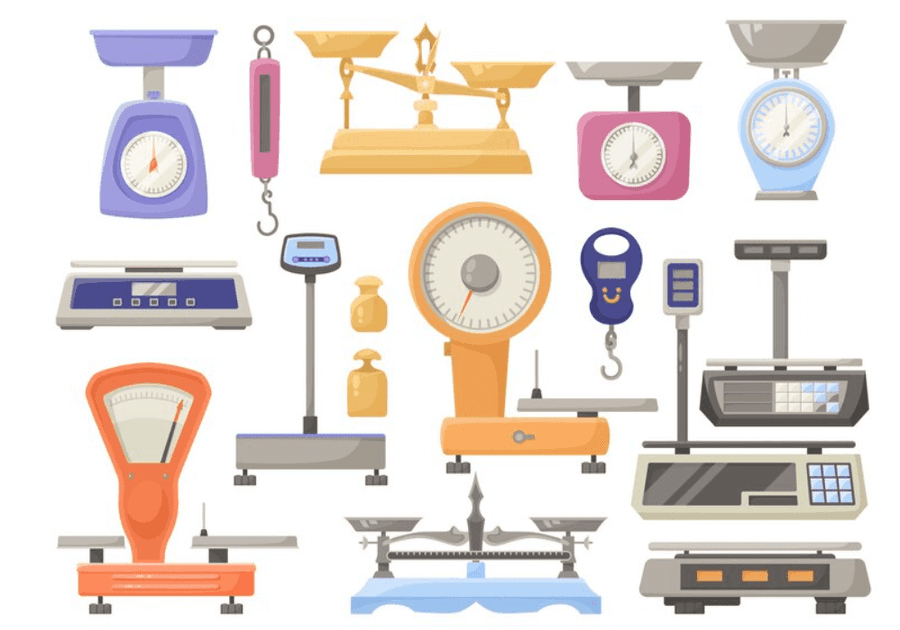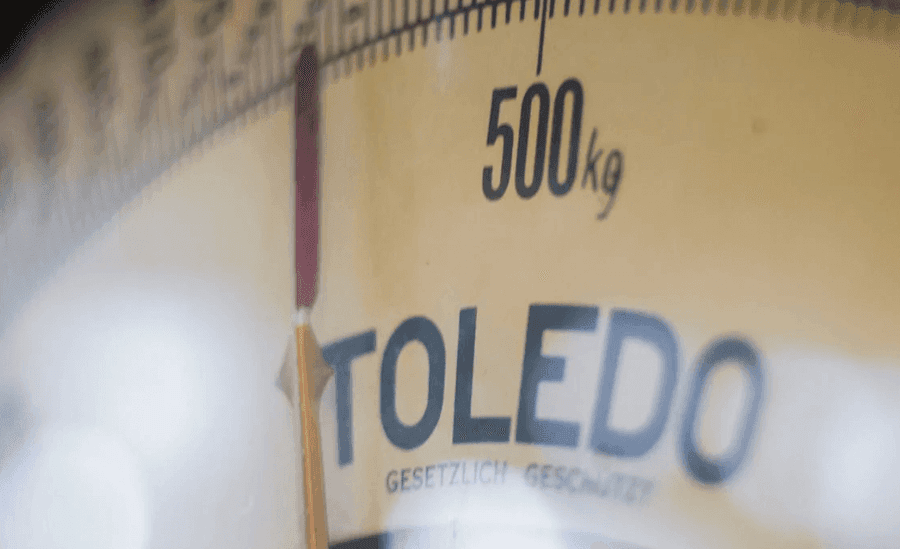Units of Mass
21 października 2024 | Units
Units of mass (weight) play a crucial role in everyday life and science, allowing for precise measurement of the weight of various objects. Their history and development are closely related to technological progress and the needs of human civilization.

Introduction
Units of mass measurement are the foundation of both everyday calculations and advanced scientific research. From kitchens to chemical laboratories, mass is a parameter that allows us to measure the amount of substances, evaluate materials, and control technological processes. Although we often don't pay attention to units of mass, understanding and proper use of them is crucial in many areas of life.
In this article, we will look at various units of mass, both historical and contemporary. We will discuss their applications in different fields and the history behind their creation. We will explore the world of science, where mass plays a particularly important role, and also look at interesting facts about mass units that may surprise many readers. Additionally, we invite you to use our application that enables quick and easy conversion of mass units - Mass Units Converter
History of Mass Units
Mass units have been an integral part of trade, agriculture, and science for thousands of years. Even in ancient times, people tried to standardize mass measurement to facilitate the exchange of goods. In ancient Egypt, stones and grains were used as mass units, and weight systems were based on natural objects. Over time, the development of science and technology contributed to the creation of increasingly precise mass units.
Mass Units in the SI System
The modern world is based on the International System of Units (SI), where the basic unit of mass is the kilogram (symbol: kg). The kilogram is defined based on Planck's constant and is used in almost all fields of science and industry. Besides the kilogram, other units are also used in the SI system, such as gram (g), milligram (mg), and tonne (t).

Mass Units in the Imperial System
In the imperial system, which is still used in some countries, mainly in the United States, the basic unit of mass is the pound. The pound is divided into 16 ounces, and its value is 0.45359237 kilograms. This system, although less precise and more difficult to use than SI, remains widely used in trade and industry in the USA.
Other Weight Units
Beyond the SI and imperial systems, there are many other mass units used in different countries and fields:
Carat (ct): A unit used in jewelry to determine the mass of precious stones, such as diamonds. One carat is 200 milligrams (0.2 g). Slug: A unit used in mechanics in the imperial system, which corresponds to a mass of 32.174 pounds, or about 14.5939 kg. Grain (gr): Used mainly in jewelry and pharmacy, a grain is a unit of mass equal to 1/7000 of a pound, or about 0.0648 g. Atomic mass unit (u): In chemistry and physics, atomic mass unit (u), also called dalton, is used to measure the mass of atoms. One dalton is 1/12 of the mass of a carbon-12 atom, or about 1.66053906660 × 10^-27 kg.
Interesting Facts About Mass Units
The kilogram prototype, based on a cylinder of platinum and iridium, was in effect from 1889 and was stored at the International Bureau of Weights and Measures near Paris. Despite scientific progress, it remained unchanged for decades until differences in its mass relative to comparison copies began to be noticed. These changes resulted from phenomena difficult to control, such as absorption or loss of atoms on the prototype's surface.
Currently, the kilogram is defined by taking the fixed numerical value of the Planck constant h to be 6.626 070 15 × 10‑34 when expressed in the unit J s, which is equal to kg m2 s-1, where the meter and second are defined in terms of c and ∆νCs.

From the new definition of the kilogram follows the exact relationship h = 6.626 070 15 × 10−34 kg m2 s−1. Transforming this relationship gives an expression for determining the kilogram in terms of the constants defining h, ∆νCs, and c. The definition specifies the unit kg m2 s−1 (this is the unit in which physical quantities such as angular momentum are expressed). In combination with the definition of the meter (m) and second (s), this leads to the determination of the mass unit (kg) through the Planck constant h.
Summary
Weight units are an indispensable element of our lives, from everyday activities to advanced scientific research. From ancient measures based on natural objects to modern, precise mass units such as the kilogram or atomic mass unit – the development of these units shows how important they are for humanity. Use our Mass Units Converter to easily convert between different units.
Back to articles list